
PRO-expert of Sportmaster PRO
In general, the rules for choosing running shoes for men and women are the same. However, there are specifics. For the fair sex to be able to make a successful choice, let’s start by looking at the universal points, and then go through the nuances.
Successfully chosen sneakers – it is not only to reduce the risk of injury and comfort, but also a factor that increases the chances of success in training. Agree, in perfectly fitting shoes you are much more willing to go out for a run and most likely will not become a slacker. What will it do? The opportunity to progress in running and improve your fitness.
So the choice of sneakers should not be neglected. Approach it thoroughly. Do not grab the first pair, which just liked the color or design. The advice is especially relevant given that we are talking about the specifics of women’s choice. Representatives of the weaker sex are often focused solely on appearance. This is also important, but it is not a determining factor when we are talking about a product, the process of operation of which is associated with health risks.
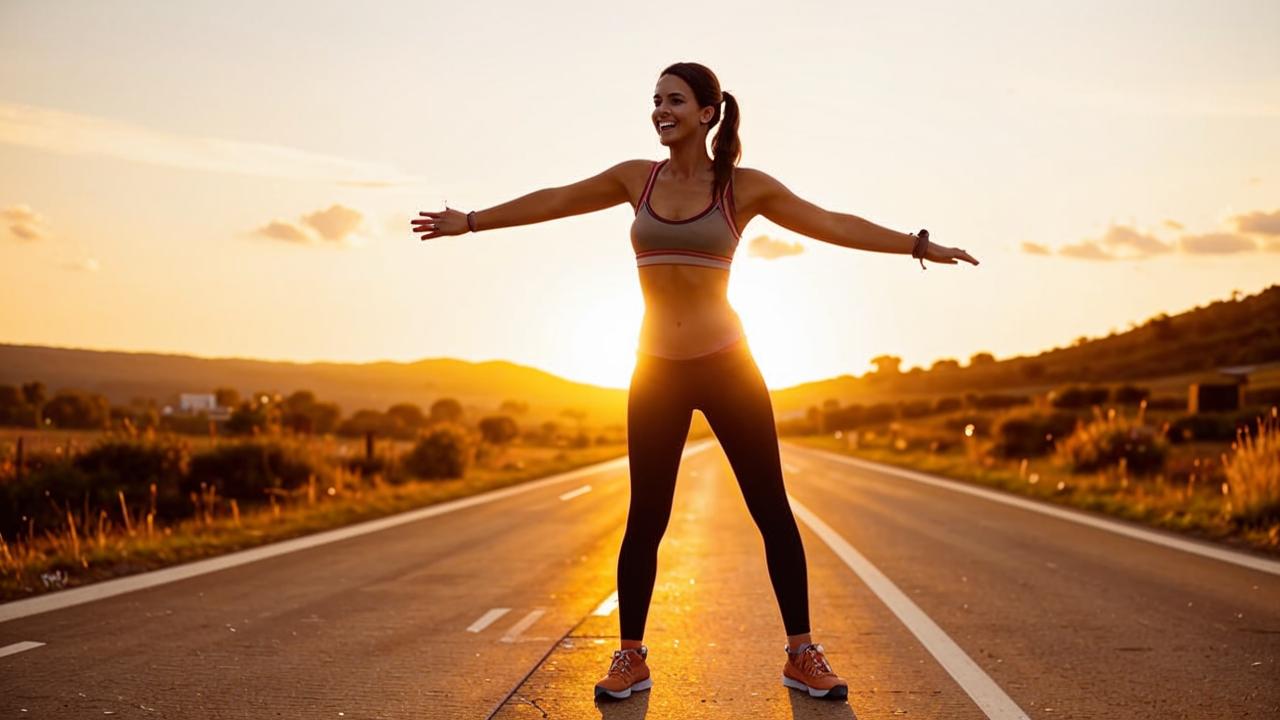
If you think that it’s about choosing the right size and fit for the foot, that’s not all. Anatomical features of the foot, type of running, specificity of the sole, the materials used, the presence of additional features – these are the points you need to pay attention to if you want to choose your ideal running shoes. Let’s start with the universal rules, and then consider the female specifics.
Anatomy of running sneakers
Running sneakers are basically the lightest and softest shoes possible. The upper material in amateur, semi-professional and professional pairs is usually synthetic. Compared to natural ones, they better dissipate heat and moisture, as well as faster drying, provide better air circulation and help prevent odor.
In such sneakers will be comfortable in the summer and in the cold season. For weather protection, manufacturers treat the upper with impregnation or embed a special GoreTex membrane in the fabric.
From sneakers made of natural fabrics, leather and leatherette should be abandoned. They will be uncomfortable for your feet, even if the pair fits well and is suitable for the size.
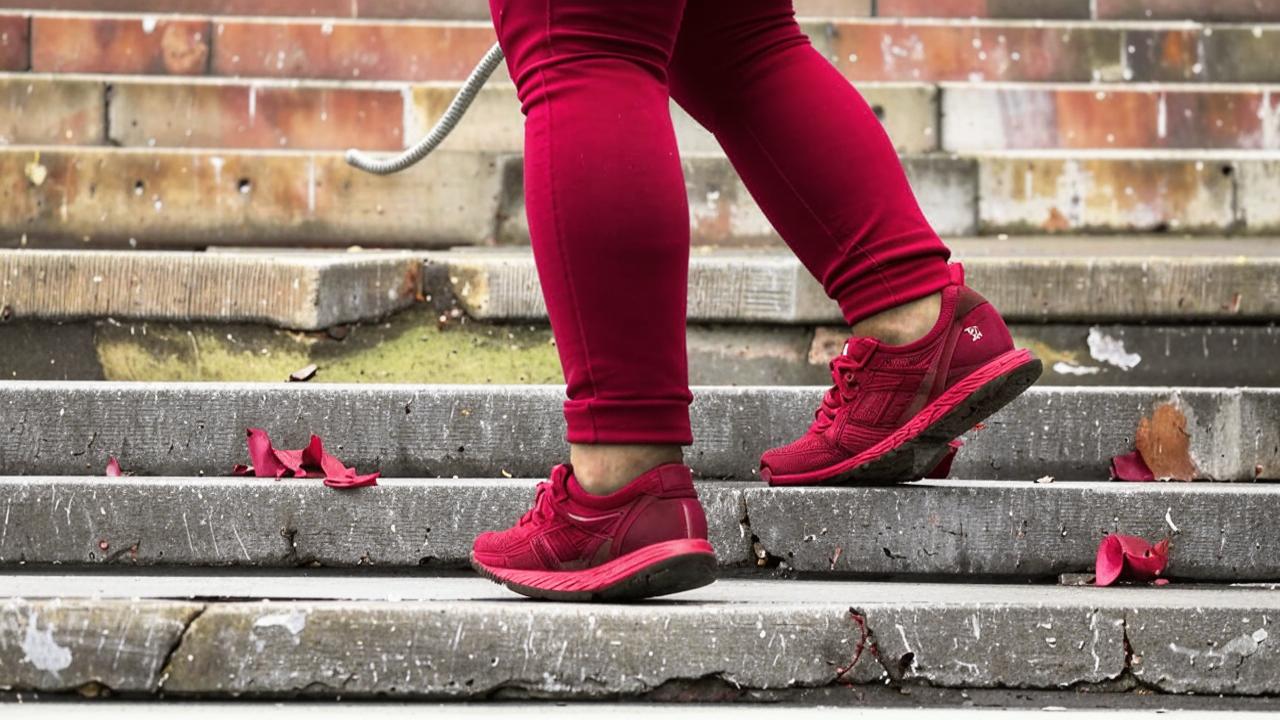
Portālssole consists of two main elements: shock absorption layer and tread. Cushioning is usually achieved through foam (sometimes – more elastic analogs of rubber, gel or air layer). Here, when choosing a pair, it’s important to consider the type of surface you plan to run on.
For treadmills or special surfaces at the stadium, pairs with medium cushioning are suitable. But for running on rough terrain, asphalt or dirt, the sole should be softer and more elastic to reduce the shock load on the joints.
The tread pattern is also chosen depending on the type of surface. The more uneven the running track, the more aggressive it is.
Determining foot type and pronation
To ensure that your shoes fit your foot well and provide a safe workout, it is not enough to choose a pair based on size. Most of us, due to our individual anatomical foot structure, have a foot that is inward (pronation) or outward (supination).
Professional sports stores often offer a foot shape test service. This is performed on a special Presscan platform. A similar service is provided by orthopedic salons when manufacturing individual shoes.
A slightly less accurate test can be performed at home. It is enough to stand with a wet foot on the sheet of the foot, and then look at the trace. If the whole foot is imprinted, the foot is blocked inward, if only the heel and the area in front of the toes are imprinted – outward. Normally, the toes and heel on the footprint should be connected by an isthmus a couple of centimeters thick.
Your type of pronation can also be determined by the wear and tear of your existing shoes. Note which side of the sole is more heavily pressed. There are special sneakers for different types of feet: some support the inner arch, while others support the support part. This information is indicated on the label of running shoes.
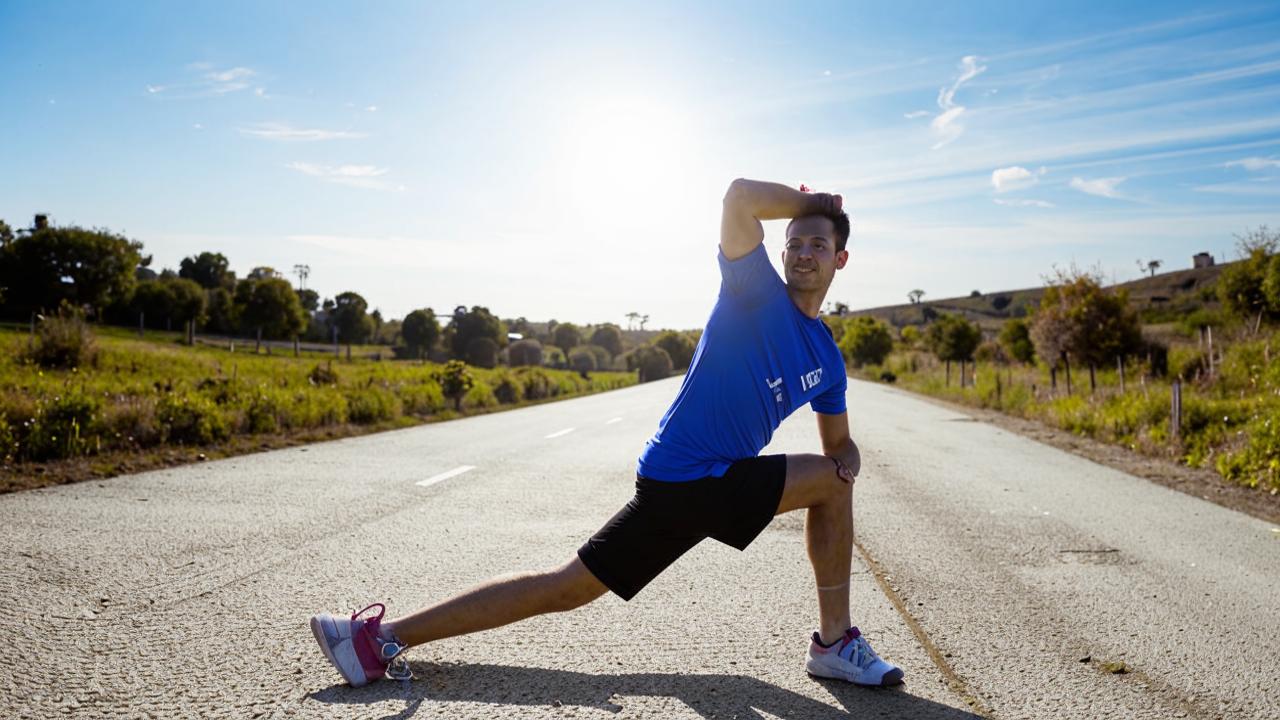
Selecting the size and fit of your running shoes
In sports stores, there are usually special mats from different manufacturers. Standing on the pattern that matches your footprint as much as possible, you can accurately determine the size. But it is important to take into account that different manufacturers may have different sizing grids.
If there is no such possibility, you can measure the distance from the heel to the big toe in centimeters and, when choosing, focus on this value.
Running shoes are recommended to buy with a reserve of 5-7 mm (when wearing a sock on the foot). The fact is that during training, the size of the foot slightly increases. To avoid possible blisters and other discomfort, it is better to initially leave a small free space.
What mistakes can women make when choosing the size? Possessors of a small foot sometimes give preference to children’s models. The fact is that in both lines there are sneakers of 35-38th sizes, while children can cost twice as cheap. The desire to save money is understandable, but in this case it is better not to do this.
First, the foot of an adult woman, all other parameters being equal, will be wider than that of a child. With intensive running there is a risk of pain, blisters and even injury. Secondly, children’s models have worse shock absorption.
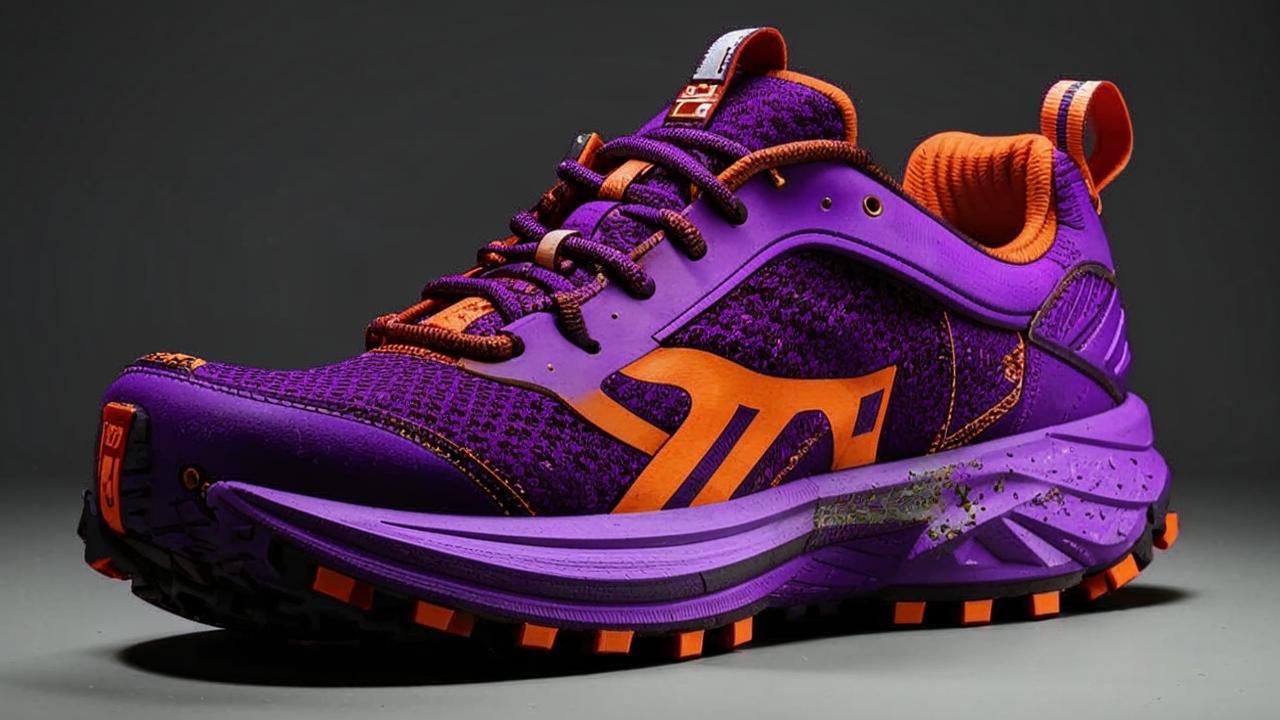
Different types of running shoes
Globally, four main types of surface can be distinguished. For each of them you need special shoes:
- Running on hard surfaces (asphalt and hard flat pavement) – soft sneakers with good shock absorption;
- Running on rubberized surfaces in stadiums and special tracks – basic running shoes with medium cushioning and almost no tread pattern;
- Ground running – stiffer sneakers with a pronounced tread pattern;
- cross-country running (trailrunning) – sneakers with aggressive tread, good cushioning, special bumpers to protect against impact and sometimes with a carbon plate to protect against puncturing the sole.
Choosing women’s running shoes
What are the differences in women’s models? The most important thing is the fullness of the last. It is about the width of the sneaker in the widest place of the foot. In addition, there is a difference in size and degree of cushioning: women on average weigh less than men and more than children. Also, of course, there will be specifics on colors.
So, the main thing to understand – in no case can not buy sneakers from the men’s or children’s line (even if they are the right size). Such shoes in any case will differ in size, and even the smallest difference (just a couple of millimeters of thickness) when running can play a decisive role.
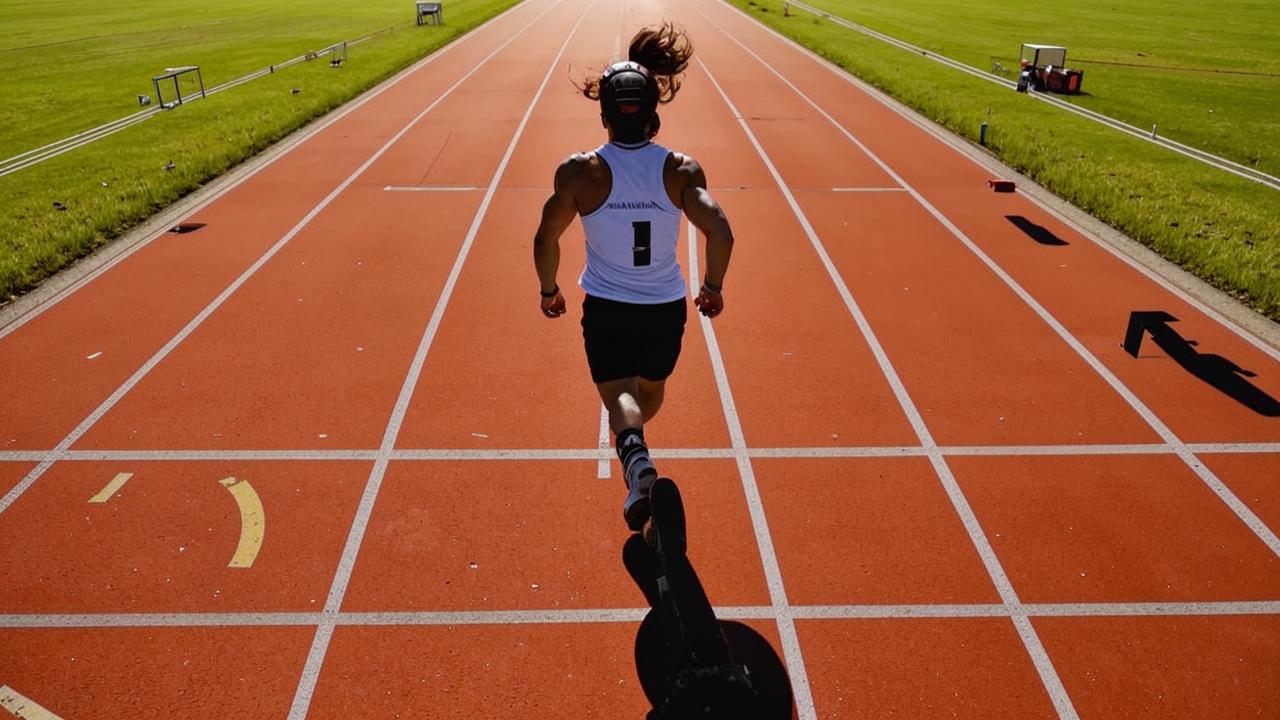
As for the difference in cushioning, the wrong choice of a pair can lead to increased stress on the joints. In “your” line, you’ll find sneakers that are designed to fit the anatomy of a woman’s foot – usually narrower and with a lower instep.
Perhaps one of the most important universal rules is that sneakers should be chosen based on how you feel. That’s why a thorough fitting is very important. It allows you to assess the level of comfort in different pairs and give preference to the one in which you are more free and easy.
And again, a reminder for girls: appearance and color do not play a decisive role here. Yes, all this will influence your motivation and desire to train, but functionality is much more important.
Brands and models
It is important to realize that good running shoes can not be cheap. The ideal price/quality ratio is achieved in the average price category – from 6-7 to 15 thousand rubles. Such shoes combine all the necessary technologies and characteristics, while not containing additional chips, important only to professionals.
All popular sports brands have their top running lines:
- Asics has the Nimbus. Maximum soft and comfortable models with a special gel as a shock absorber;
- Nike – Pegasus. This pair is ideal for running on asphalt;
- adidas – Ultraboost. Here a special foam is used as a shock absorber, which does not freeze and does not deform even in winter;
- Saucony’s Triumph. Designed for running long distances.
What women’s models are worth considering?
- Nike Air Zoom Pegasus 39
- Puma Magnify Nitro Surge
- Saucony Triumph 20
- Hoka One One Clifton 8
- Demix Gravity
These and other options are in the gallery:
Lifespan and Care
The main rule is that running shoes should not be washed, otherwise the model will deform and become unusable (even with gentle washing). Instead, experts recommend manual care: special foams for cleaning, sprays-impregnation – to protect against moisture, wet wipes – to remove fresh dirt. This way you will be able to keep the shoes in pristine condition throughout the entire service life. On average, it is 1-1.2 thousand kilometers of mileage, but the exact value can vary depending on the type of surface, season and intensity of training.
You can track the mileage of sneakers with the help of special programs for smartphones, smart watches and fitness bracelets, where you will note the duration of training.
Important condition: if after 1.2 thousand kilometers of mileage sneakers visually look fresh, it is still better to replace them – the shock absorption properties of such a model are much worse than a new pair, even in the absence of external signs of wear and tear soles.
The choice of running shoes – a task although extremely responsible, but not too difficult. It is enough to decide on the type of running and surface, accurately know your size and anatomical shape of the foot, as well as to choose a model to taste, so that the mere appearance of a pair is enough to motivate you.
With the right running shoes, training will be fun and energizing, and that’s the most important thing.





